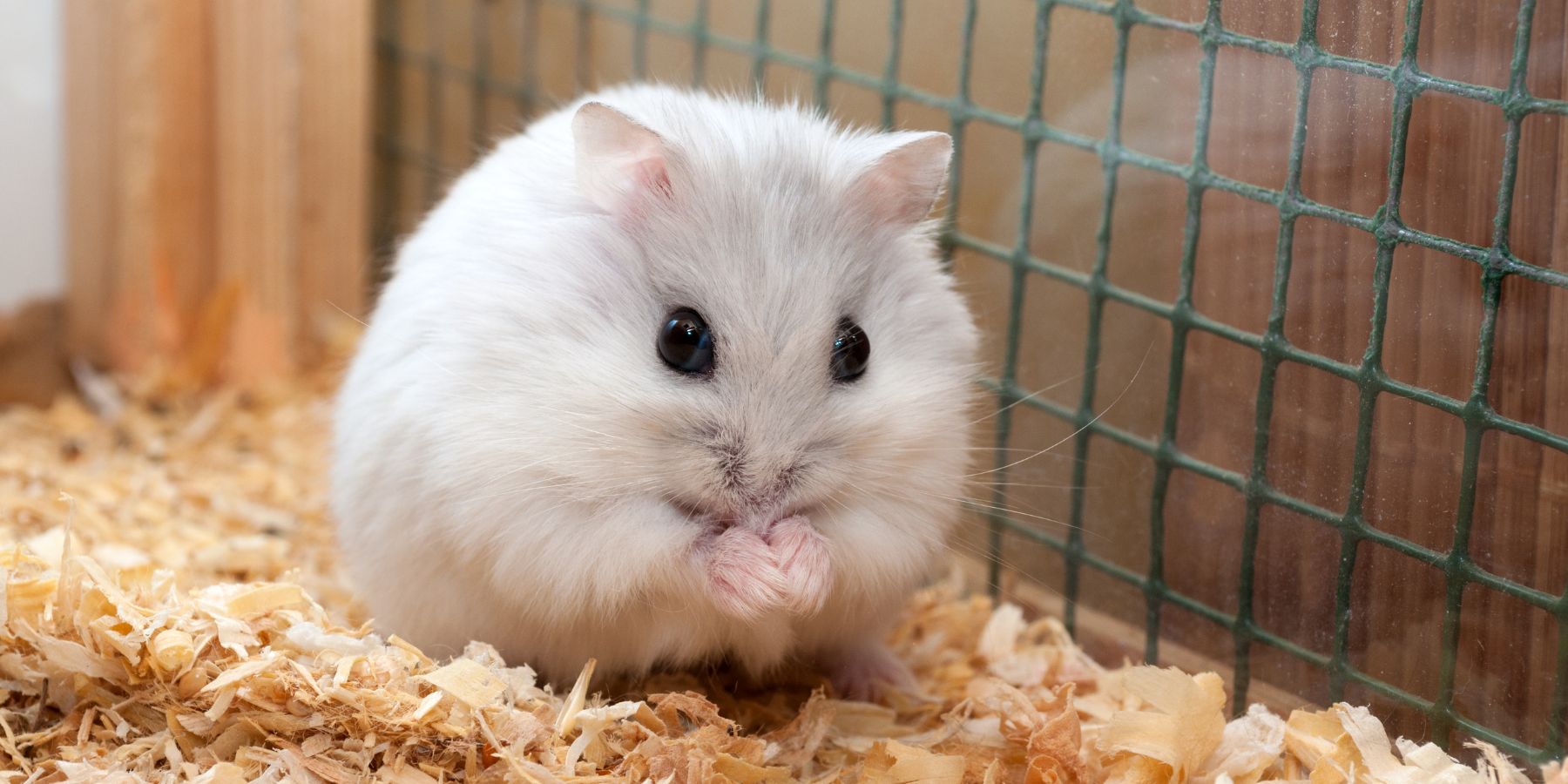Dennis is a hard-working business professional who enjoys spending time with his family and friends. He likes to stay active, and loves playing sports. Stephanie is always looking for new challenges and opportunities to grow both personally and professionally.

Discovering that your hamster has given birth to a litter of baby hamsters can be a surprising and daunting experience, especially if you weren’t expecting it. Caring for baby hamsters requires special attention and knowledge to ensure their survival and well-being. Here’s a comprehensive guide on what to do if you find yourself in this unexpected situation.
1. Don’t Panic and Give Them Space
First and foremost, stay calm. Hamsters are capable of caring for their young without much human intervention. Disturbing the mother or the newborns, especially in the first few days, can lead to stress or even rejection of the babies. Keep your distance and observe quietly.
2. Minimize Disturbance
For the first two weeks, avoid any unnecessary handling or disturbance. This includes cleaning the cage. Excessive noise or movement around the cage can also stress the mother.
3. Provide Ample Food and Water
Ensure that the mother hamster has continuous access to fresh food and water. The demands of nursing mean she’ll need more nutrients than usual. Provide a balanced diet of hamster pellets, fresh fruits, vegetables, and protein sources like boiled eggs or cooked chicken.
4. Check for a Proper Nest
The mother hamster will typically build a nest for her babies. Ensure she has enough bedding material like unscented tissue or toilet paper. Don’t use cotton or fluffy bedding as it can pose a risk to the baby hamsters.
5. Count and Monitor the Babies
After a day or two, when the mother is comfortable, try to count the babies from a distance. This will help you keep track of their numbers and notice if any are missing or not thriving. Avoid touching them or getting too close.
6. Handling Baby Hamsters
It’s generally advised not to handle baby hamsters until they are about two weeks old and have opened their eyes. Even then, be extremely gentle and cautious. Wash your hands before and after to prevent the spread of germs.
7. Separating the Babies
Around 3 to 4 weeks old, baby hamsters start to become more independent. This is when you should start thinking about separating them, especially if you have mixed genders. Hamsters can reach sexual maturity quickly, and inbreeding can occur.
8. Identifying the Sex of Baby Hamsters
Sexing baby hamsters can be tricky, and it’s often best left to a vet or an experienced breeder. If you plan to keep the babies or give them to responsible owners, knowing their sex is crucial to prevent further unexpected litter.
9. Preparing for Adoption
If you’re planning to find new homes for the baby hamsters, start preparing early. They can usually leave their mother at about 4 to 5 weeks old. Make sure potential owners are informed about proper hamster care.
10. Post-Weaning Care
After weaning, both the mother and the baby hamsters will need continued care and attention. Keep providing nutritious food, clean water, and a clean living environment.
Conclusion
If your hamster has babies, it’s important to provide the right environment and care for both the mother and her offspring. Remember to give them space, minimize disturbance, and provide ample food and water. Understanding the needs of baby hamsters and being prepared for their growth and eventual separation is key to ensuring their healthy development. With patience and careful attention, you can successfully navigate this surprising but rewarding experience.
